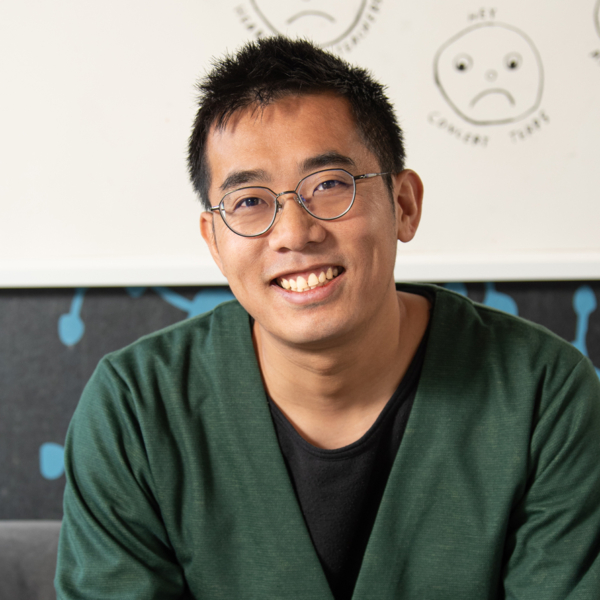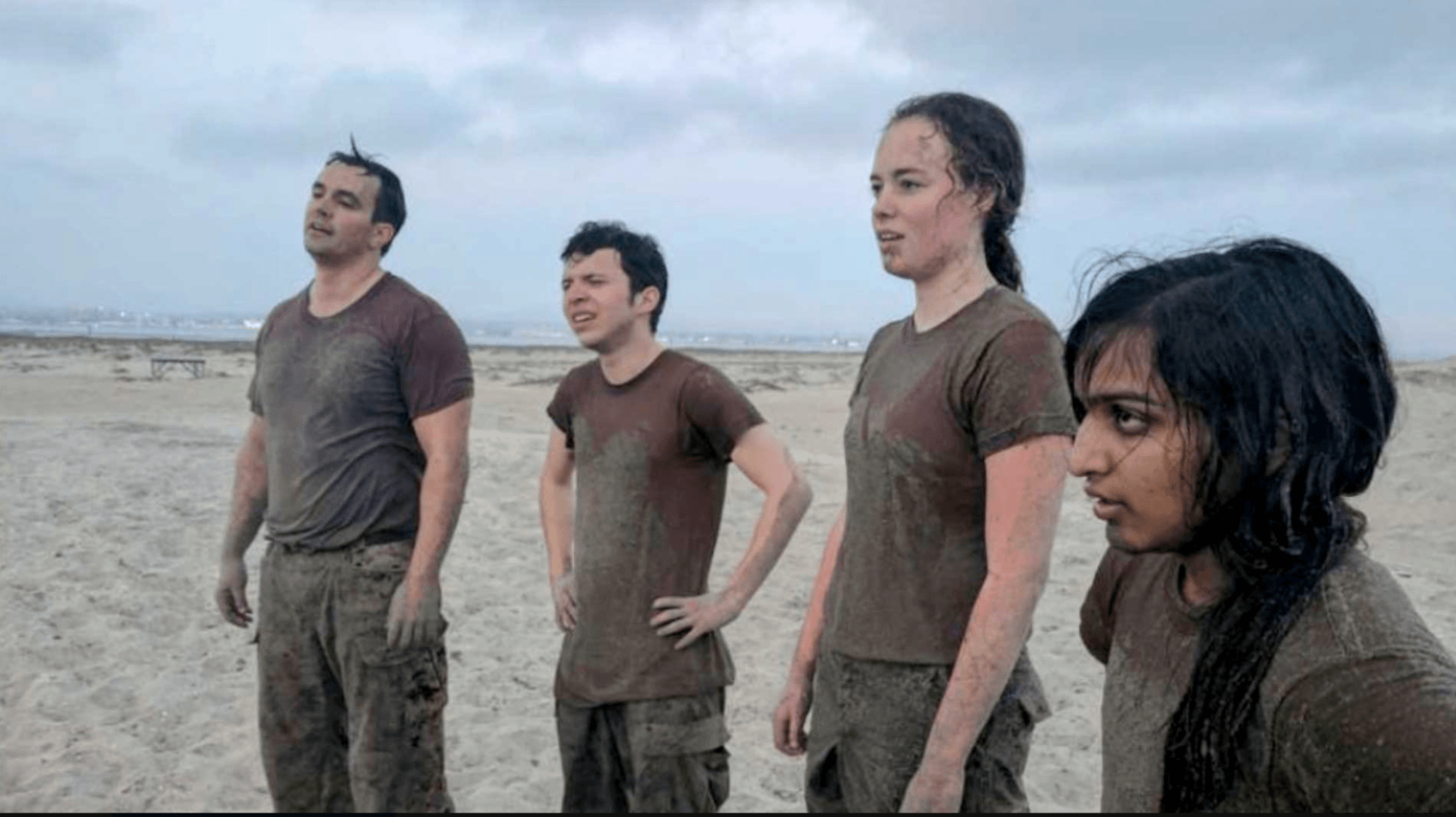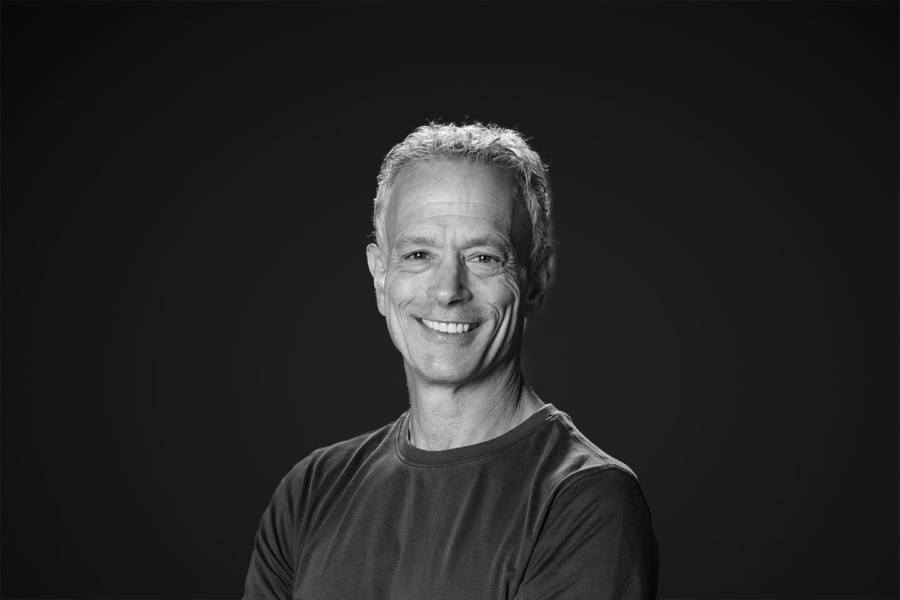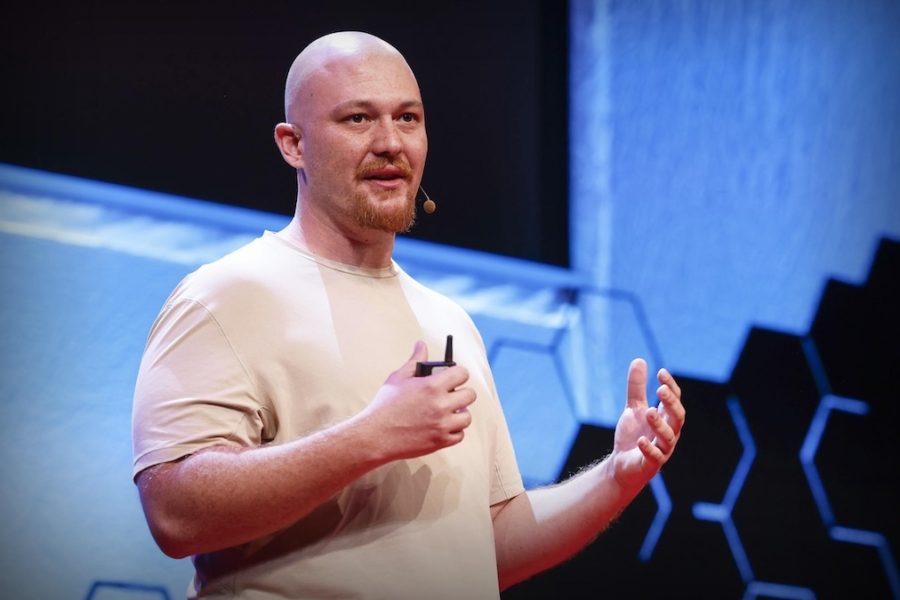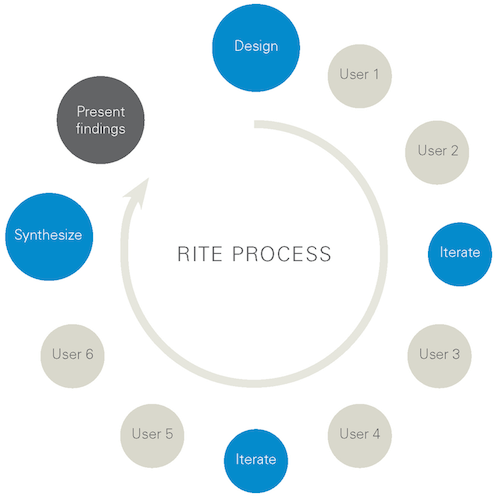Product Lessons From Duolingo’s Former Chief Product Officer, Jorge Mazal
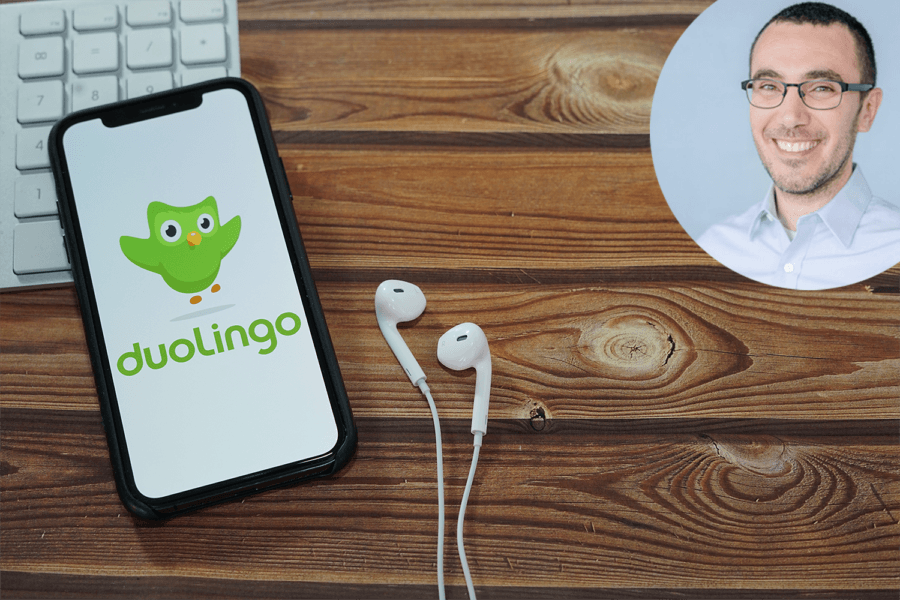
When Jorge Mazal joined Duolingo in late 2017, the company was already the most downloaded education app in the world. But user growth was slowing down, and Jorge took it upon himself to reignite it. Over the next four years, as Duolingo marched toward its IPO, the company saw 4.5x growth in daily active users.
That didn’t happen by accident. Now an investor and startup advisor, Jorge recently wrote about some of the user growth experiments that fueled Duolingo’s rise.
Last month, we invited Jorge to speak with Reach founders about other lessons on product growth from his time at the company, and what it’s like working with a product-obsessed CEO. Below is a summary of our conversation, edited for clarity.
On Duolingo’s most successful gamification mechanics
Jorge: Probably the most successful mechanic in Duolingo is the home screen, which has a path that shows you advancing through the curriculum. It’s a way to visualize progress and create a completion compulsion. That helps bring the curriculum into life a bit. Most people who use Duolingo use it because they want to finish it.
Streaks and leaderboards are also very powerful. They’re the kind of things that people really care about and like to share on social media. We also have a quest system and an achievements system.
On drawing inspiration and adapting ideas from others
Jorge: We would go to whoever’s best in class at something and think through how to adapt what they’re doing to our product. We spent a lot of time looking at leaders in other verticals and industries.
For things like monetization, we would look at Spotify and dating apps like Bumble and Tinder. We got some ideas from Blinkist, an app that gives you summaries for books. There’s another company, Game Refinery, which deconstructs games; it’s super helpful to look at when you need to explore different gaming features.
We also tried things that didn’t work. One was a moves counter for each lesson, where you only have a limited number of attempts. That didn’t really move the needle. That’s one example where we tried to copy a mechanic from match-3 games that just didn’t really make a difference for us in terms of user engagement.
On finding the right frequency for notifications so that they are effective without being overwhelming.
Jorge: We’ve been pretty proactive about knowing when to stop. If you get push reminders for a week and you don’t come back, we know they’re not working and we’ll stop sending them. And if you’re not really into the leaderboards, you’ll get fewer leaderboards notifications. If you drop off your streak, we stop sending you those notifications as well.
Essentially, you get notifications for the things you’re engaging with, and for those you’re not engaging with, they drop off. These notifications are more about retaining people than reactivating people, and they work pretty well. When trying to increase reactivation, we’d lean more on email than on push notifications.
The other part is that the push notifications don’t always come from Duolingo the company. They often come from Duo, Lily and the other characters. They each have their own personality, which adds variety to the experience. It’s like having a good friend who can be a little annoying, but it’s your friend so you let them tell you things you wouldn’t let other people tell you.
Duo is so adorable, so endearing, so it’s okay if Duo is a little pushy because he’s cute anyways, right? If he wasn’t personified in such a way, I don’t think the company could get away with so much of what it does.
On the difficulty of scaling live, social language learning as a consumer product.
Jorge: We tried a million different ways to have people learn with each other but we haven’t been able to crack that, at least during my time there. We tried clubs where we grouped people who weren’t friends, but these clubs died off very quickly. When Clubhouse was a big thing, we had Birdhouse (the Duolingo version). They sounded great as ideas but they didn’t move the needle on engagement. The experience just wasn’t as magical as we had hoped.
The things that did work were more like appendages to the learning experience, like sending each other kudos or having a shared XP goal together.
Maybe features where users are actually learning together could work better in a school setting. But for a consumer product, your friends may not be learning the same language, or doing the same exact thing you’re trying to study. Even if you have a friend who’s also studying the past tense in Spanish, how often do you sync up and study at the same time? It was just too hard to make a meaningful match.
On user behavior similarities between language learning and fitness (Jorge was previously a product manager at MyFitnessPal).
Jorge: There are tons of similarities. Both have a lot of user resurrection — a ton of people who reactivate after a long time. For MyFitnessPal, you keep track of what you eat. You forget to do it after some days, and then eventually you stop tracking altogether. But later, there’s a beach trip coming up, and you’re like “Oh, I need to start eating well again!” Or there’s a wedding or something else that sparks that motivation.
Life has tons of triggers that make you want to come back to the product. As long as it does the job well, people don’t blame the product for leaving. They blame themselves. So then they come back to it whenever that trigger happens in their life again.
Learning a language is very similar. You have a neighbor who speaks Spanish. You love Les Miserables and you want to read it in French someday. You’re traveling. There’s all these life triggers that make you want to come back. When people leave Duolingo or MyFitnessPal or some other kind of virtue-based product, they don’t blame the product, they blame themselves. And they’ll come back when they are ready to re-start their self-improvement journey.
Another similarity: people hire the job to be done. It’s not just “teach me the language” or “help me lose weight,” but also it’s to help me stay motivated to reach those goals. That’s a very important job to be done. This gets to the idea of high intent versus low intent. If you build a product just for high intent moments, you’re not doing the full job. The full job is to help me when I have low intent, low motivation.
On being a CPO working with a product-focused CEO
Jorge: Before Duolingo I believed that there was a right way of doing product, a proper way to organize a team and product development functions. And I felt it was my job to help us adhere to proper standards of product development.
In some ways that’s true, in others not. It is much easier for me to hire and train PMs if they work in a very industry-standard way. But you can’t cajole a product-minded CEO into not being who they are and making them behave according to some textbook definition of what a CEO should do.
So then the job of the CPO or Head of Product is often to be the cushion and the translator that allows the organization to work in a functional and scalable way, and allow the CEO to be the magical unicorn that makes them be amazing at what they are. There’s sometimes quite a bit of friction that you have to absorb and sometimes friction that you unknowingly create. It’s a pretty hard thing to navigate well.
For instance, when [Duolingo CEO] Luis would say something, I would often reframe it through some framework, like jobs to be done, segmentation, or product-market fit expansion. He doesn’t use or think in these terms, so this reframing adds legitimacy, rigor, and a deeper rationale to a vision. Some very talented folks will be happy to follow just because the CEO said so, but many won’t, especially the kind of independent thinkers and trouble-makers that businesses need in order to stay innovative. Crafting a compelling narrative grounded on the facts and deep critical thinking is a non-negotiable to keep those folks engaged.
I was lucky to have worked with someone like Luis, who truly is brilliant, mission-driven, and excellent at product. He has a fine eye for details, down to the pixel. He’s amazing at execution, and he’s also religiously dogfooding the product — every day, multiple accounts, multiple platforms, free, paid… it’s an obsession with quality and execution. I learned a ton working so closely with him.
On the biggest lesson learned in building a team.
Jorge: Don’t compromise on the bar of the talent that you hire. It’s better to have the pain of not having someone there than to have the problem of having someone who’s not the right fit or is lowering the bar for the company.
It’s the idea that A players hire other A players because they love being on an A-plus team. B players hire C players because they feel insecure and they don’t want to hire anyone that may be better than them. So hold a high bar.
